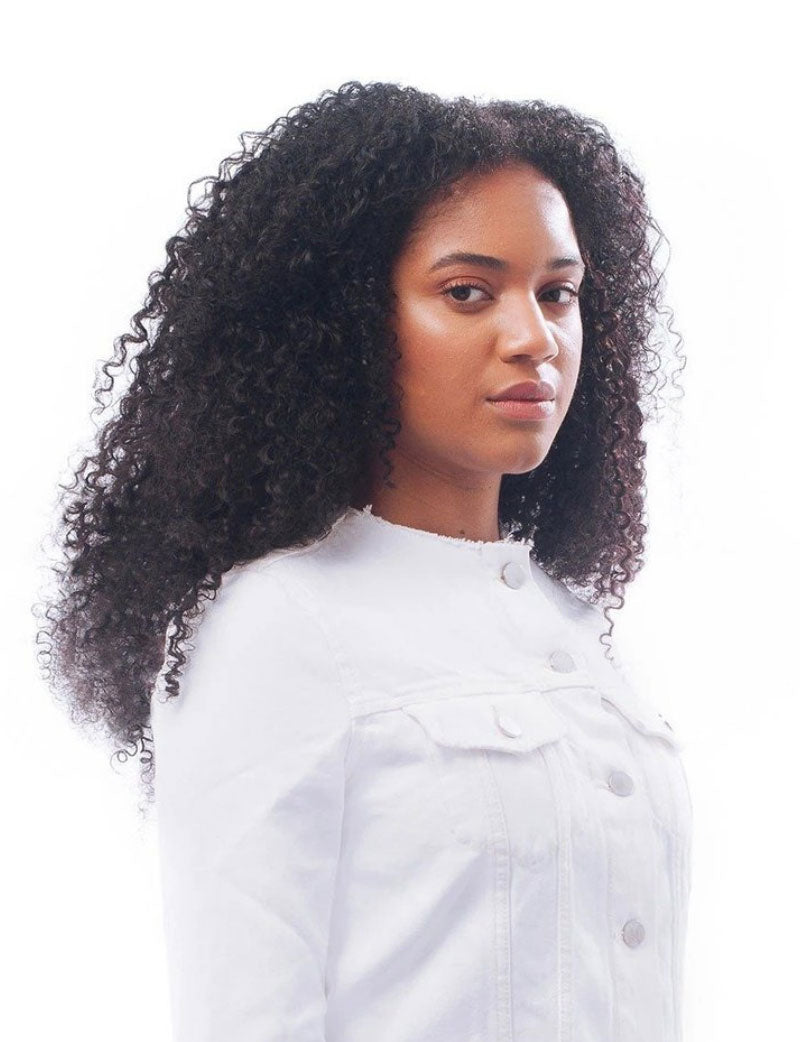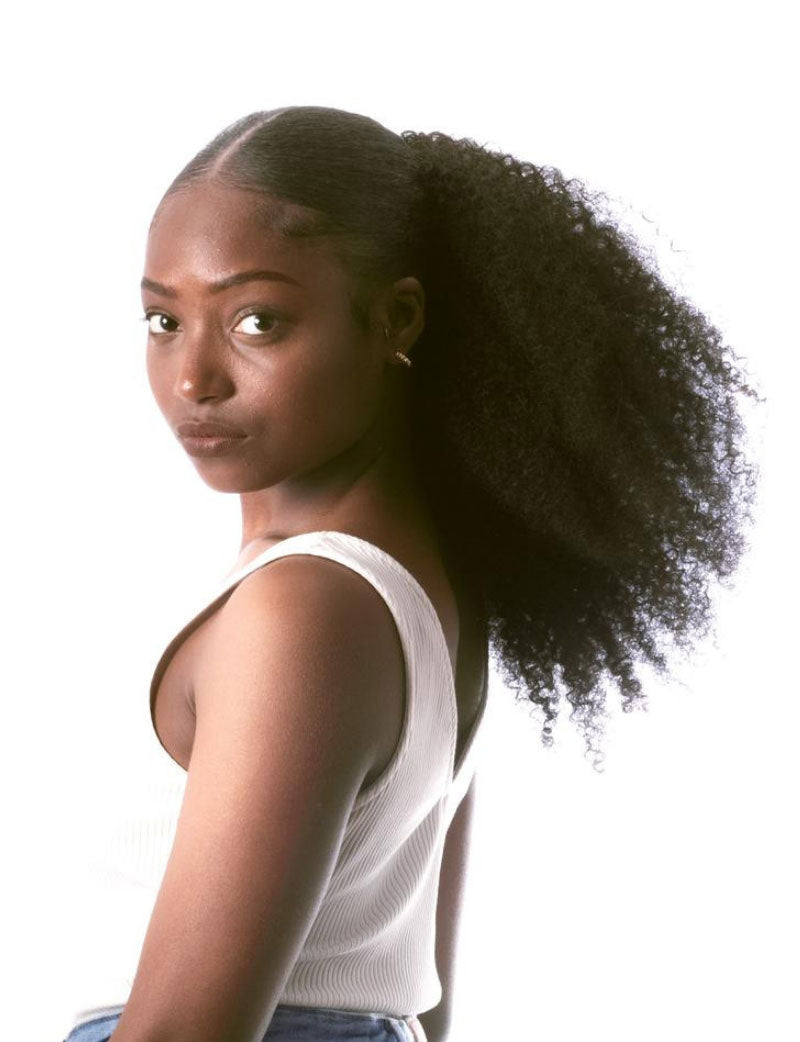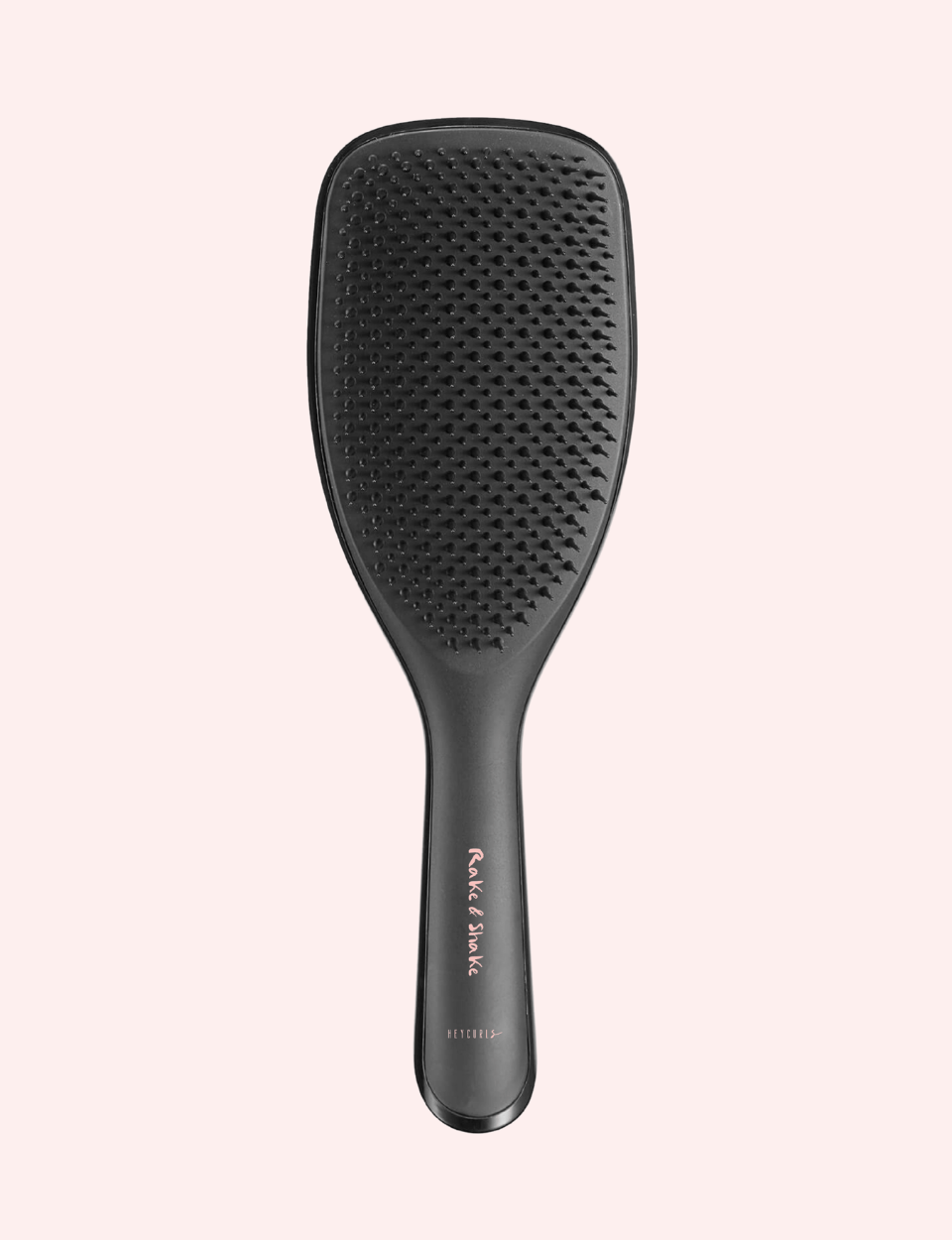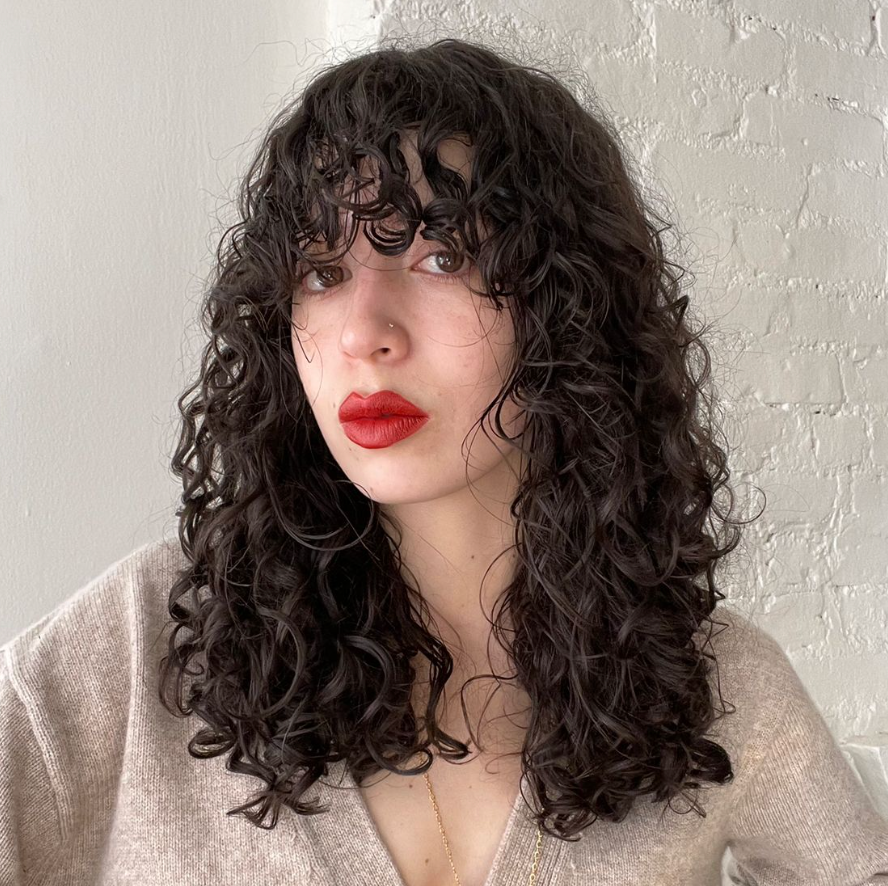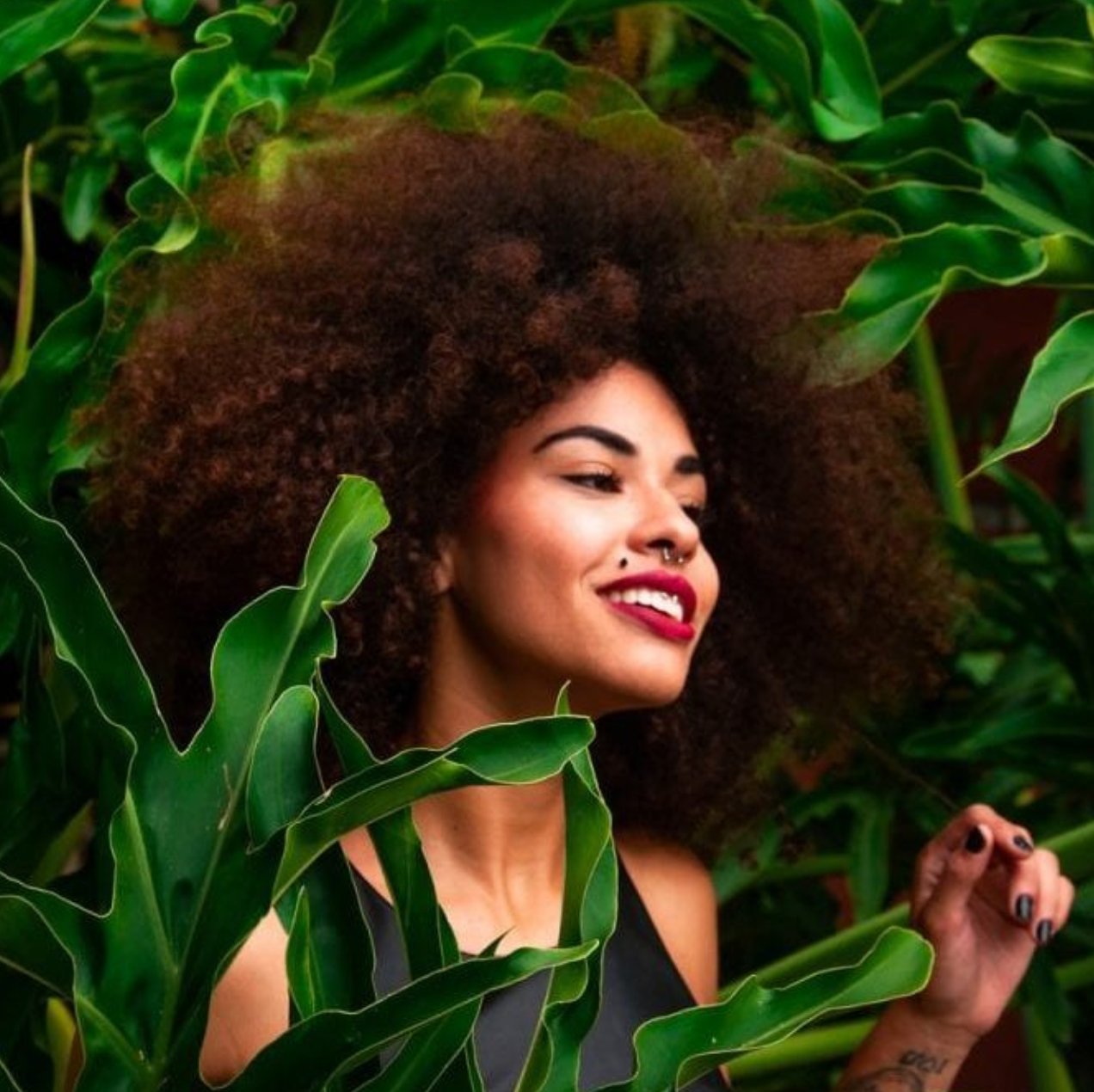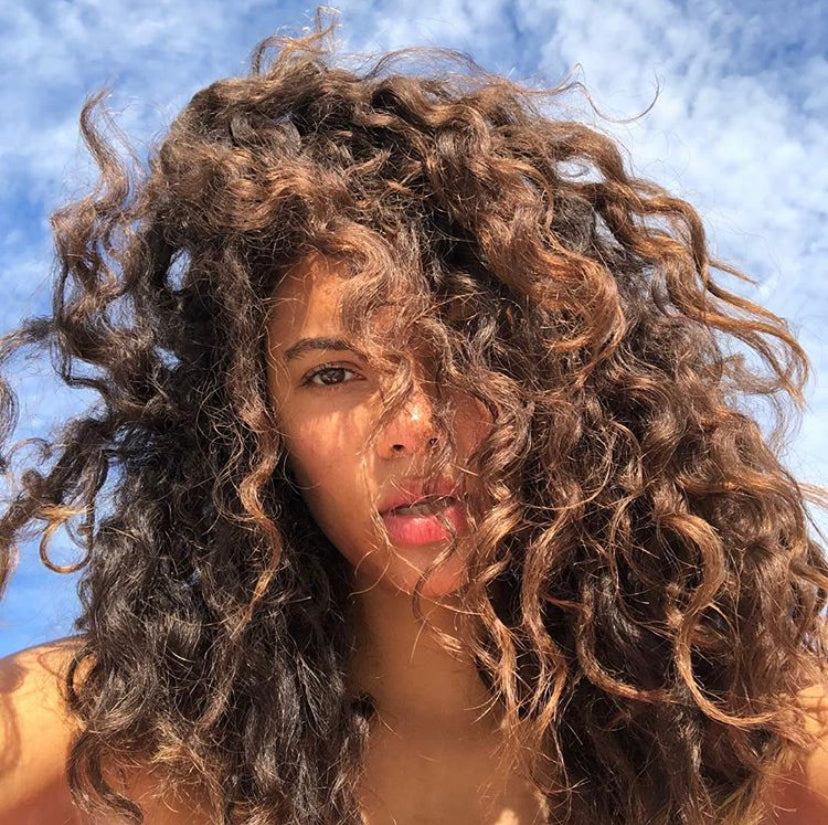Natural hair, it is a topic that evokes all sorts of emotions. From pride and joy to frustration and sometimes even anger. For black women, the way we see ourselves has always been very much linked to the way we view and wear our hair.
For years, black women have used strong chemicals to undo themselves from their natural curls and kinks, but the creamy crack as it was once fondly called, has been steadily losing ground in favour of a more natural way of hair care.
A recent study report shows that black women are now more than ever wearing their hair natural (no relaxers) with some shunning heat styling completely and some using occasional heat on their hair. A little over half of the women said that their natural hair style makes them feel beautiful. While this is good news, this also means there are still some strides to make.
Taking care of your natural hair and finding the right natural hair styles that suit you can be difficult. In addition, there are still plenty of black women that face discrimination and insecurities on a daily basis.
Below we will take you through 10 truths about natural hair. Things that you may have experienced first hand or things you wished someone had told you, before embarking on your natural hair journey.
NATURAL HAIR CAN BE AN EMOTIONAL ROLLERCOASTER
Natural hair isn’t just some cute hairstyle for black women. Nor is it something for others to touch or to play with. Natural hair is layered with messages and has the ability to dictate how other people treat you and how you feel about yourself. If you’ve never worn your hair natural, it is difficult to grasp the emotions natural hair can elicit. Natural hair can have an effect on the type of men you attract, how you are perceived in the workforce or even the way your grandmother views you. Going natural can be accompanied by a lot of insecurities and feelings of low esteem. Yet, at the same time making the transition to natural hair can leave you feel incredibly empowered.
A CLEAN SCALP IS HALF THE BATTLE
It all starts with your scalp. Kinky hair is naturally very dry and does not hold as much oil as straight hair. Washing your hair too much will cause your kinky hair to dry out even further. Washing it not often enough, can cause dandruff, itchy scalp and overall irritation. So what to do? It is best to wash your natural hair at least once a week and use a gentle sulfate-free shampoo. If you have very dry kinky hair, you can also consider co-washing. This is when instead of using shampoo, you use conditioner to wash your hair. It is important to note that co-washing does not fully rid your hair of build-up, so it is wise to wash your hair with a clearing shampoo at least every month, if you prefer the co-wash method.
SHRINKAGE IS REAL, BUT IT ACTUALLY A GOOD THING
Achieving long natural hair is not an easy task thanks to our frenemy shrinkage. If you have curly, coily or kinky hair, you pretty much know what’s the deal. The tighter your coils and kinks are, the more shrinkage you’re dealing with. The thing is though, how annoying shrinkage may be, it is actually a sign of healthy bouncy natural hair. The more shrinkage you have, the more elastic your natural hair is. The only way to eliminate shrinkage is to straighten your hair...The obvious downside here is that if you straighten your natural hair you run the risk of ruining the kinks, coils and curls in your hair and undoing all of your hard work.
IT’S CALLED WASH DAY NOT WASH HOUR FOR A REASON
Once you transition into natural hair you will soon be confronted with wash day. Wash day literally washes out a whole day of your week. There goes a lot of time and effort into going natural, from detangling your natural hair, pre-pooing your natural hair and then washing, conditioning and deep-conditioning your natural hair. When all that is done, you have only barely scratched the surface. You still have to style your natural hair and then having to let it dry. Drying alone can take up the majority of the day, so you best start the day early and clear out your calendar.
NATURAL HAIR SHEDDING
Natural hair sheds more so than straight hair due to its tangling nature. Natural curly, coily and kinky hair is elliptical in shape and this unique structure causes it to tangle more and be more susceptible to shedding. Then there is the shedding phase. This is a natural process that replaces old hairs with new hairs. Every hair on your head goes through three phases: growing phase, resting phase and shedding phase. About 10% of your hair is in resting phase and those hairs will shed after a period of time, generally 2 to 3 months. The other 90% of your hair is growing at any given time. Hair grows at different rates, depending on the length of your active growth phase. If you have a short active growth phase, the shedding of your natural hair can seem excessive, though it’s probably not. It is pretty normal to lose up to 100 hairs per day. When you go natural your main focus should be healthy natural hair. Don’t worry about the length too much.
NATURAL HAIR IS A PROCESS
Just because you decided to go natural doesn’t mean that you will naturally know how to take care of it. If you have been using chemical relaxers or straightening tools on your hair for as long as you can remember, you might be confronted with hair on your head that is completely foreign to you. It is going to be a trial and error process. The good thing is; there is a large community of naturalistas that have paved the way. There are plenty of online resources at your disposal. It’s best to find women that have a similar natural hair texture to yours and use their experiences as a starting point. Do not try to make your curl type do things that it wasn’t meant to do, because that will just leave you frustrated. Natural hair is a journey and everyday you may learn a new thing or two about your hair.
NATURAL HAIR TEXTURE DISCRIMINATION IS A THING
Natural hair comes in many types and curl patterns. There are black women with curly hair with hair strands shaped like ringlets, but also black women with coily and kinky hair with hair strands shaped like corkscrews or with barely noticeable curl patterns. All natural hair and all equally beautiful.
There is a popular hair typing system by stylist Andre Walker that has helped plenty of black women identify their type of natural hair. It was created so that women could properly tend to their hair with the right products for their hair type. Unfortunately, the hair typing system has given room to natural hair texture discrimination, where black women with type 4 hair “kinky hair” are often discriminated against in favour of black women with type 3 hair “curly hair”.
The root of all this can be found in slavery. Just as with lighter skin colour, slaves that had looser curl patterns where favoured by their white slave masters, because they were closest to white people. They had the privilege to work indoors, where women with darker skin tones and kinky hair textures were condemned to work the fields.
This has had a spill over effect in the black community, where for decades anything considered closest to white people’s standards of beauty was favoured and is still to some extent the benchmark. This had led many black women with kinky hair to turn to relaxers, hot combs and other heat styling tools to rid themselves of their natural hair texture in favour of more sleek, manageable and socially accepted “white” hairstyles.
While the natural hair movement has definitely counter balanced the pressure to have straight European hair, it has given way to new pressures to aspire to looser curl patterns within the natural hair type spectrum. Although all forms of natural hair deserve to be celebrated, this is still not the case and it is important to be conscious of it.
NATURAL HAIR AT WORK
Being part of the workforce with natural hair is another thing that has not been easy for black women. Depending on the field of work, many of us think long and hard about going into a job interview with natural hair. There has long been a stigma around natural hair in white organisations. To this day black women often feel the need to wear their hair in a way that would not diminish their chances of getting the job. Feeling that you have to compromise your natural hair style, just to please your employer and secure a check leaves many of us unnerved and displeased. Over the years we have seen more black women wearing their natural hair out at work forcing normalisation of natural hair styles.
NATURAL HAIR IS JUST THAT
Natural hair is the hair you were born with, hence anyone can wear their hair natural. Natural hair is not a style, a fashion or a fad. You don’t have to subscribe to it. Having said that, black women have different preferences on how they prefer to wear their hair. Some prefer natural hair-extensions or wigs, while others just keep it au natural. Ultimately it is your choice how you want to wear your hair, whether that is natural or not. If you do want to embark on a natural hair journey, just go for it, as it is you, there isn’t really anything that can go wrong.

